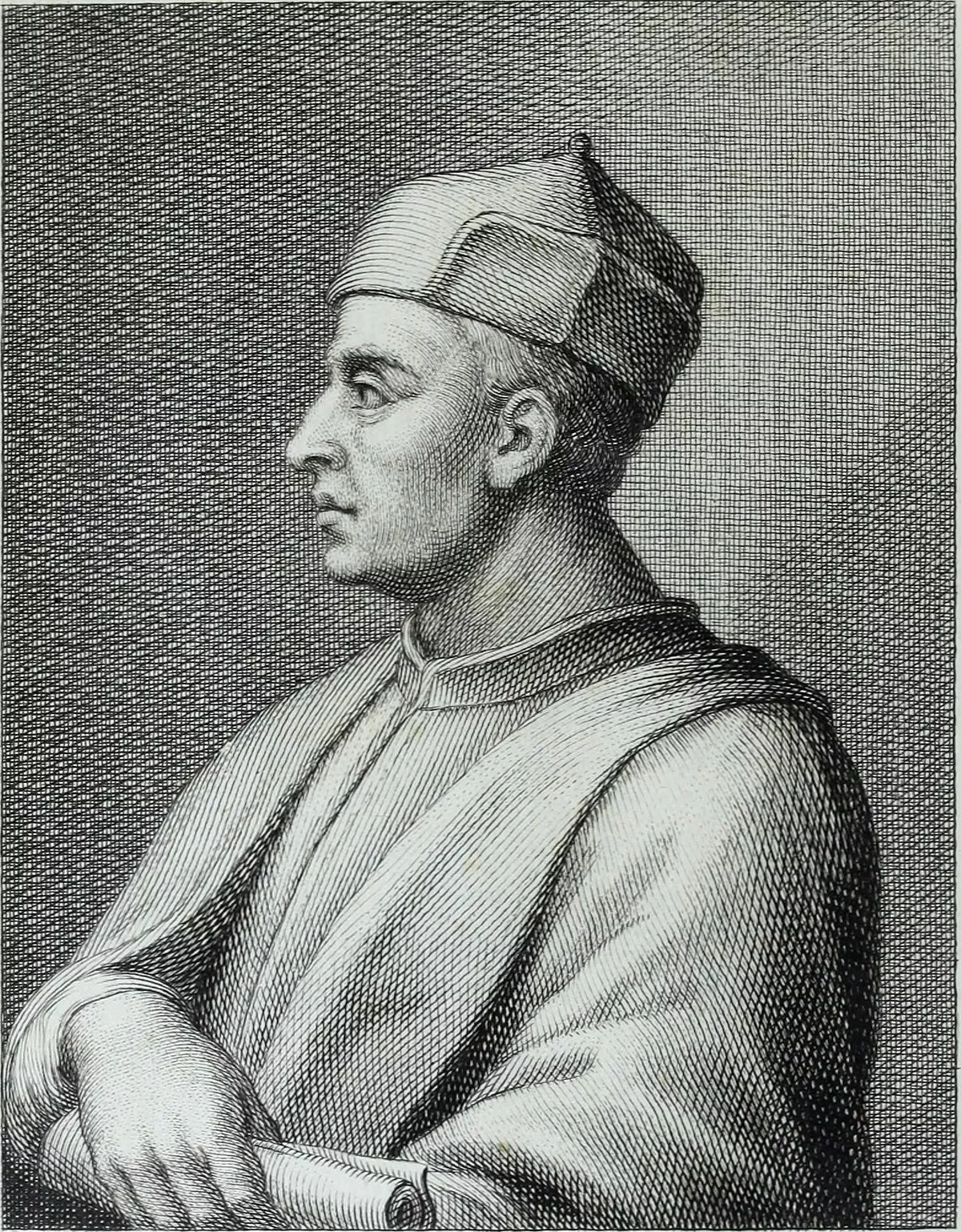 1.
1. Luca Signorelli was probably trained by Piero della Francesca in Florence, as his cousin Giorgio Vasari wrote.

 1.
1. Luca Signorelli was probably trained by Piero della Francesca in Florence, as his cousin Giorgio Vasari wrote.
Luca Signorelli was born Luca d'Egidio di Ventura in Cortona, Tuscany.
Luca Signorelli died in 1523 in his native Cortona, where he is buried.
Luca Signorelli presented to Lorenzo de' Medici a work which is likely School of Pan.
Luca Signorelli worked in central Italy, leading a very requested workshop, increasing his importance during the 1490s.
Luca Signorelli often returned to his native Cortona, and worked in nearby Umbria, especially in Citta di Castello, where he left one of his masterpieces: the Martyrdome of St Sebastian.
In 1498, Luca Signorelli moved to the Monastery of Monte Oliveto Maggiore south of Siena, where he painted eight frescoes, forming part of a vast series depicting the life of St Benedict; they are at present much injured.
Luca Signorelli remained healthy until his death, continuing to paint and accept commissions into his final year, including the altarpiece of the Church at Foiano.
The contract for Luca Signorelli's work is still on record in the archives of the Cathedral of Orvieto.
The contract directed Luca Signorelli to consult the Masters of the Sacred Page for theological matters.
Luca Signorelli's first stay in Orvieto lasted no more than two years.
Luca Signorelli painted a dead Christ, with Mary Magdalene, the Virgin Mary, and the local martyr Saints Pietro Parenzo and Faustino.
Luca Signorelli returned to Siena, but mostly lived in his hometown of Cortona.
Luca Signorelli was constantly at work, but the products of his closing years were not of the quality of his works from 1490 to 1505.
In 1520 Luca Signorelli went with one of his pictures to Arezzo.
Luca Signorelli was partially paralyzed when he began a fresco of the Baptism of Christ in the chapel of Cardinal Passerini's palace near Cortona, which is the last picture attributed to him.
Luca Signorelli stood in great repute as a citizen, entering the magistracy of Cortona as early as 1488 and holding a leading position by 1523, the year of his death.
Luca Signorelli surpassed contemporaries in showing the structure and mechanism of the nude in immediate action, even going beyond nature in experiments of this kind, trying hypothetical attitudes and combinations.
Luca Signorelli aimed at powerful truth rather than nobility of form; comparatively neglecting color, and his chiaroscuro exhibits sharp oppositions of lights and shadows.
Luca Signorelli had a vast influence over the painters of his own and of succeeding times, but had no pupils or assistants of high repute; one being a nephew named Francesco.
Legend holds that Luca Signorelli depicted himself in the left foreground of his Orvietan mural The Preaching of the Antichrist.
However, the figure thought to be Fra Angelico is not dressed as a Dominican friar, and Luca Signorelli's supposed portrait does not match that in Vasari's study.